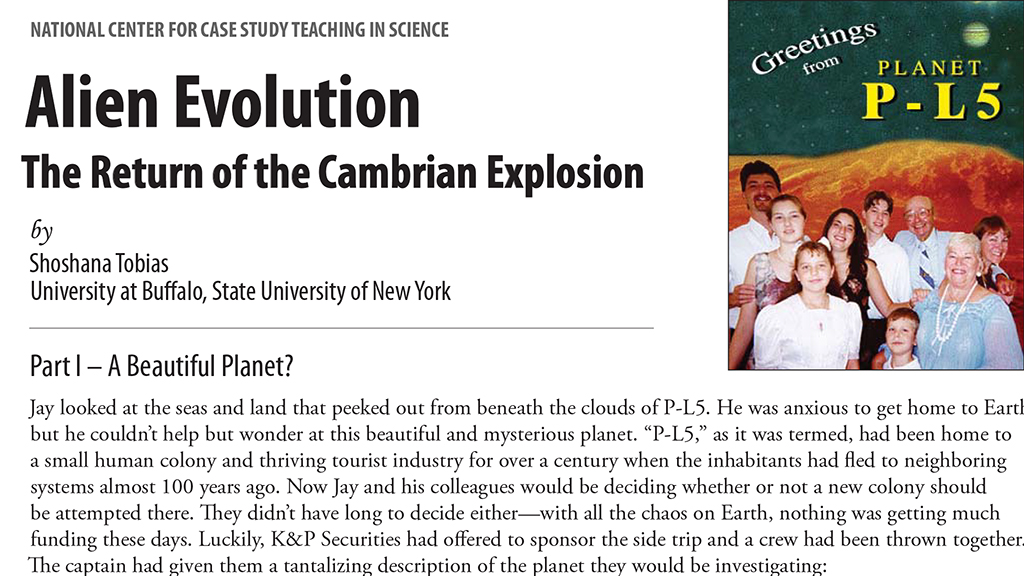Safety in the Elementary Science Classroom (flipchart)
• In case of accident
• Fire protection
• Plants in the classroom
• First aid
• Animals in the classroom
• Field trips
• Fire prevention and control
• Storage and labeling
• In case of accident
• Fire protection
• Plants in the classroom
• First aid
• Animals in the classroom
• Field trips
• Fire prevention and control
• Storage and labeling


